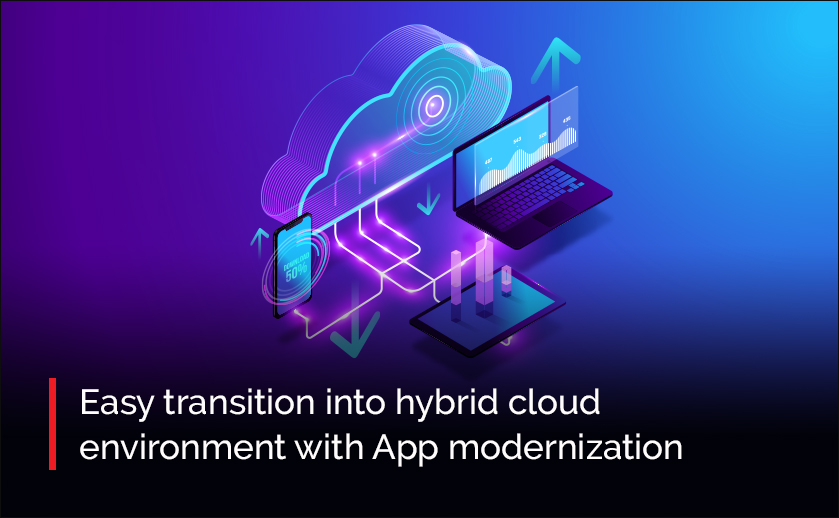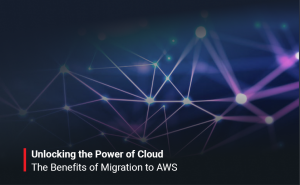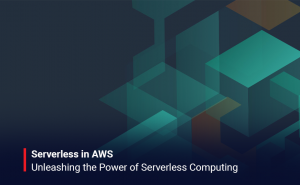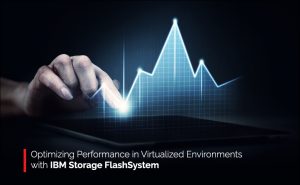Enterprises opting for modernizing their existing enterprise applications can seamlessly shift to a hybrid cloud environment. They gain the flexibility to deploy their apps wherever they wish and whenever they wish. Adapting to a cloud-native microservices method will enable users to capitalize on the flexibility and scalability that is intrinsic to the cloud.
Modernizing on the IBM LinuxONE and IBMZ allows new cloud-native applications to connect and coexist with the existing enterprise investments and applications. They can still use the in-built reliability, security, and performance of the Z and LinuxONE platforms. With IBM solutions, clients can easily eliminate obstacles to integration and productivity to build new user experiences, create new applications and ultimately bring forth new business opportunities.
There are four main activities needed to modernize enterprise applications:
- Adapt to a DevOps culture across the board
- Discover & Analyze
- Incremental modernization
- Deploy & operate traditional apps and cloud-native apps easily
One of the major advantages of app modernization practice is that it allows for increased frequency of software deliveries with better quality.
Plan, prioritize and stay focused
As the enterprise initiates the modernization project, it is crucial to ensure that the efforts are aligned with business needs and priorities. It allows clients to prioritize and decide the scope of the technical deliverables. The project can be kept on track with the following steps.
Staying realistic with the scope: When developing the business case, it is vital to keep the scope contained. For eg: Avoid building one big business case to modernize multiple apps in a single shot and scheduling a project timeline that covers several years. Rather it’s advisable to contain the initial effort to a particular app or a specific component of a complex app.
Discover and analyze: Leverage cognitive tools for application and data discovery & prioritize the apps that have the highest value with the lowest change impact. Clients will observe quicker modernization successes and planning is data-driven with reduced complexity.
Build the business case: Create a business case based on the guidelines for building a business case for modernization. It helps clients stay focused and easily secure executive approval for the modernization project.
Execution: Once the project is initiated, it is preferable to keep revisiting the initial assumptions about the amount of work or the business value of the project. If the initial valuation was incorrect it’s better to adjust the scope to avoid deploying a never-ending project.
Evaluate & repeat: As each project is completed, the learning from each project can be used to build the scope for the forthcoming modernization project.






